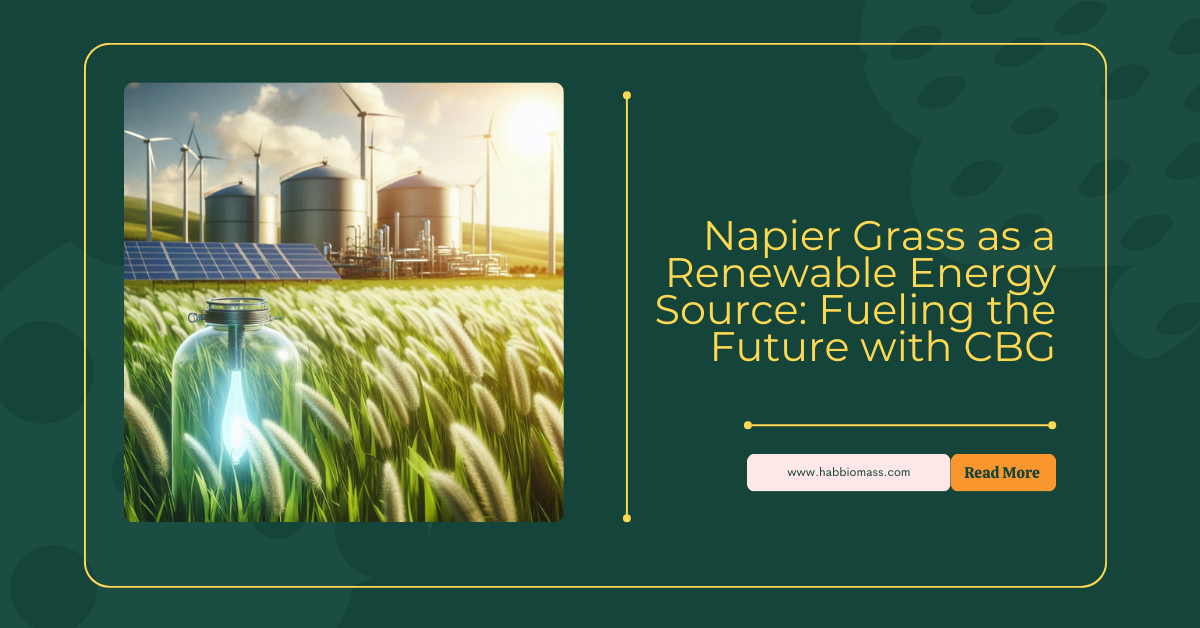Napier grass, also known as elephant grass, is gaining significant attention as a renewable energy source, particularly in the production of compressed biogas (CBG). With the rising need for alternative fuels and sustainable energy solutions, Napier grass offers a promising solution that can power homes, industries, and vehicles while contributing to environmental conservation. This blog explores how Napier grass is being utilized in CBG production and its role in fueling the future.
What is Compressed Biogas (CBG)?
Compressed biogas (CBG) is a purified form of biogas, which is produced from the anaerobic digestion of organic waste, including agricultural residues, manure, and energy crops like Napier grass. Biogas is primarily composed of methane and carbon dioxide. When biogas is compressed, purified, and upgraded, it can be used as a renewable alternative to natural gas.
Why Napier Grass?
Napier grass stands out as a feedstock for CBG production due to its fast-growing nature, high biomass yield, and resilience in tropical climates. It has a remarkable capacity to absorb carbon dioxide from the atmosphere during its growth, making it an ideal energy crop for renewable fuel production.
The Process of CBG Production from Napier Grass
1. Cultivation and Harvesting: Napier grass is grown in tropical and subtropical regions. It can be harvested multiple times a year, which ensures a continuous supply of feedstock for biogas production.
2. Anaerobic Digestion: After harvesting, Napier grass is chopped and fed into a biogas digester, where microorganisms break down the organic matter in the absence of oxygen. This process produces raw biogas.
3. Purification: The raw biogas is then purified to remove impurities like carbon dioxide, hydrogen sulfide, and water vapor. The resulting product is highly concentrated methane (CBG).
4. Compression: Once purified, the biogas is compressed and stored in high-pressure tanks for distribution and use.
Benefits of Napier Grass-Based CBG
• Renewable and Sustainable: Unlike fossil fuels, CBG is renewable and can be produced continuously, as Napier grass regenerates after each harvest.
• Carbon Neutral: Since the carbon dioxide released during biogas combustion is equivalent to the amount absorbed by the Napier grass during its growth, CBG is considered carbon neutral.
• Energy Independence: Napier grass-based CBG can help reduce reliance on imported natural gas and other fossil fuels, promoting energy independence for countries investing in this technology.
• Environmental Protection: The use of Napier grass for energy production reduces methane emissions from decaying organic waste while preserving the land for future agricultural activities.

